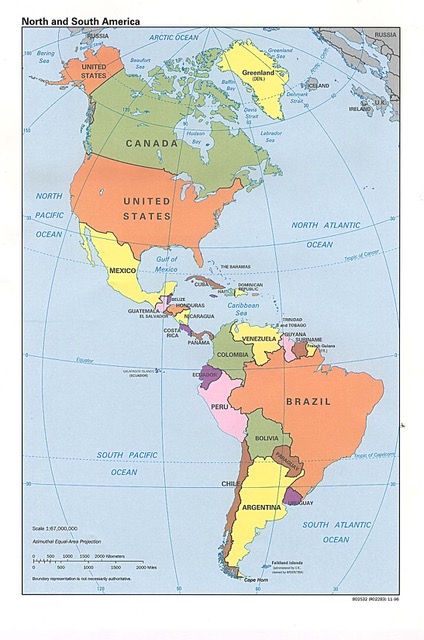February 19, 2014
The Hotel Quijote wasn’t bad at all. We actually slept. Note to self: need more research and development on surviving tourist town – or avoid El Calafate completely.
Thinking we will need a picnic of some kind (as we did when we were here 3 weeks ago) I headed out with Joan to the bakery to find sandwiches before the 9:00 am pick up. The good bakery didn’t have sandwiches, but we could buy two small cubes of white bread with a bit of cheese and ham in there – pretty rude to the gluten free taste, but it was ok for the rest of us who might be hungry! With a little time left, we continued the search, hiking up to the main drag, Ave. Liberator, for a look around. One mini market had some long rolls in the window, so we bought one of those. They made it this morning, she said. (What “it” was became the question of the day!)
Joan and I are back in time to meet the bus. A warm welcome is offered from a young woman who will be our guide. The tours of Perito Moreno glacier are run by the Argentine national park service, and we find that they are done very well. We will hear Lilly all day – in English and in Spanish. As we pick up the other members of the group, we turn out to be only 9 of us – a couple from Spain, a single traveling guy from the US, and two others.
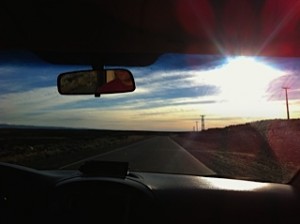 The long straight drive crosses again along Lake Argentina. The bus is quiet, but our guide does a beautiful job keeping the information flowing. The lake is the largest in Argentina; then comes Titcaca and then Bariloche. (Michael and I have been on all 3.) This one is 100 kms long and 20 kms wide. It is filled by glacial run off in a dry landscape and it doesn’t freeze because of the climate and because of the sediment from glacial run off. The lake is deeper than sea level at 300 meters here in the valley. It has perch and moyen and trout.
The long straight drive crosses again along Lake Argentina. The bus is quiet, but our guide does a beautiful job keeping the information flowing. The lake is the largest in Argentina; then comes Titcaca and then Bariloche. (Michael and I have been on all 3.) This one is 100 kms long and 20 kms wide. It is filled by glacial run off in a dry landscape and it doesn’t freeze because of the climate and because of the sediment from glacial run off. The lake is deeper than sea level at 300 meters here in the valley. It has perch and moyen and trout.
2 hours on Rte 11 is 80 kilometers. This road to the glacier opened in the 1960’s. The area became a world heritage site in 1981.
A water tank drives by leaking water all over the road. The moisture evaporates instantly. White sheep, black matella shrubbery & occasional guanacos & rheas dot the flat landscape. Above, enormous thick clouds blow into wild stripes that signify the wind up there – not the weather down here. Here, it doesn’t rain! Nonetheless, somehow, the road has a natural border of flowers lines the road. There are small white ones that are whipping about in the wind, and rows of red leafy grasses that make their distinctive undulating patterns. The wind keeps it all moving. It is flat and it is moving.
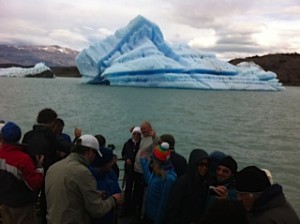 Hours later, in the national park, we stop at a Mirador! Just like the guidebook! The glacier is beautiful. It is moving 2 meters a day in the middle and 50 cms a day on the edges which means ice is falling off the massive cliffs with thnderous crashes all the time. This is called calving.
Hours later, in the national park, we stop at a Mirador! Just like the guidebook! The glacier is beautiful. It is moving 2 meters a day in the middle and 50 cms a day on the edges which means ice is falling off the massive cliffs with thnderous crashes all the time. This is called calving.
We learn how young Moreno, an expert climber, came here at age 25 in 1877. He didn’t see the glacier! but he was honored later for his work marking the borders with Chile that were established by 1902. (Barros Arrano was the Chilean representative).
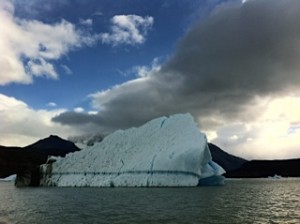 This is the Southern Patagonian Ice Field. It is in a huge depression surrounded by the Andes. 30% of this is in Argentina. Like Upsala Glacier, it snows most of the year here.
This is the Southern Patagonian Ice Field. It is in a huge depression surrounded by the Andes. 30% of this is in Argentina. Like Upsala Glacier, it snows most of the year here.
Onward to the most spectacular mirador where we walk on balconies built on an entire hillside for viewing the glacier from various angles. The longer we watch, the more fascinating it becomes. There is even an elevator to take us to lower levels if we prefer to avoid the ramps or the stairs. WAM!
There is a cafe here and a gift shop. The food line is enormous. We eat our sub sandwiches. It looks like shoe leather. We called this “lig” when we were served similar stuff at school. We weren’t hungry. And we didn’t get sick!
We appreciated our guide, our day, and by now our other co-travelers as we weave back to our hotel.
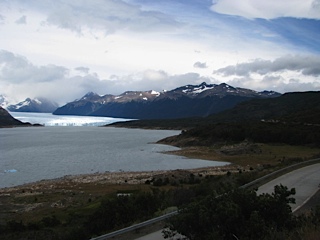
Perito Moreno Glacier from the Mirador (outlook)
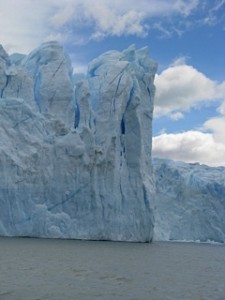
These peaks will calve at any moment
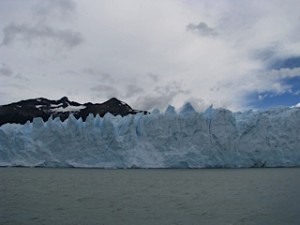
The glacier is moving towards us-faster in the middle section
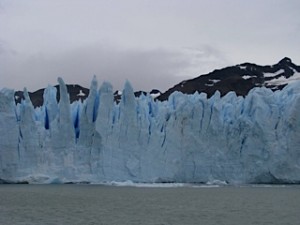
Impossible to walk on These surfaces – larger than Buenos Aires in area
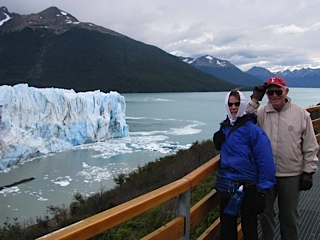
Joan & Paul watch the ice as it calves!
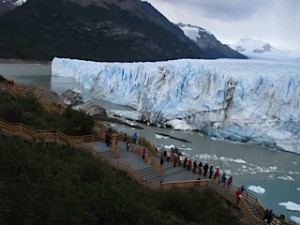
Moreno Glacier is crawling toward the land mass!
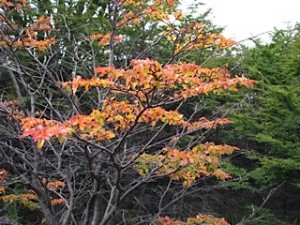
Lenge tree starting to change color for the fall!

Lake Argentina is the largest fresh water lake in the country
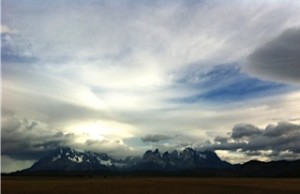
Torres del Penne Peaks in the distance – that is Chile
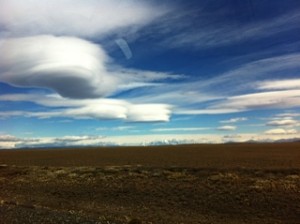
Clouds!
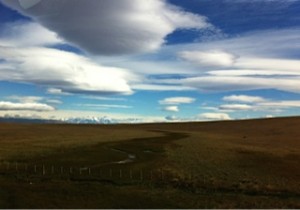
More clouds!

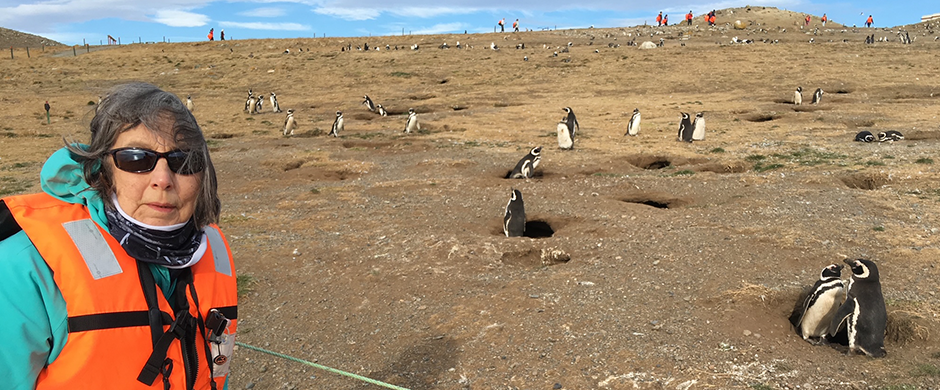

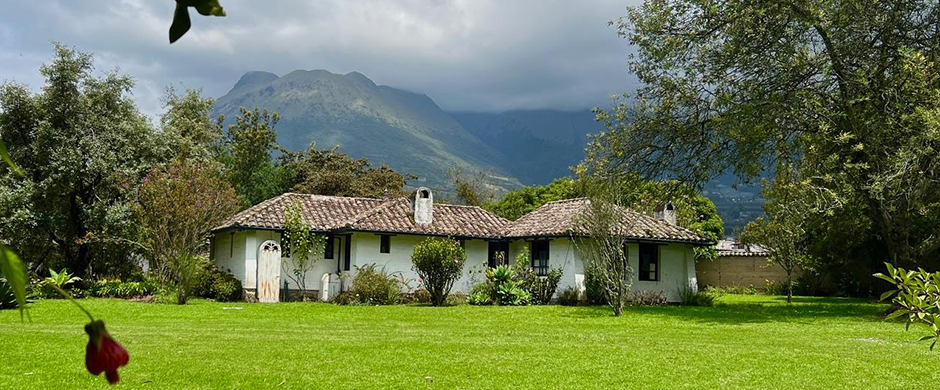

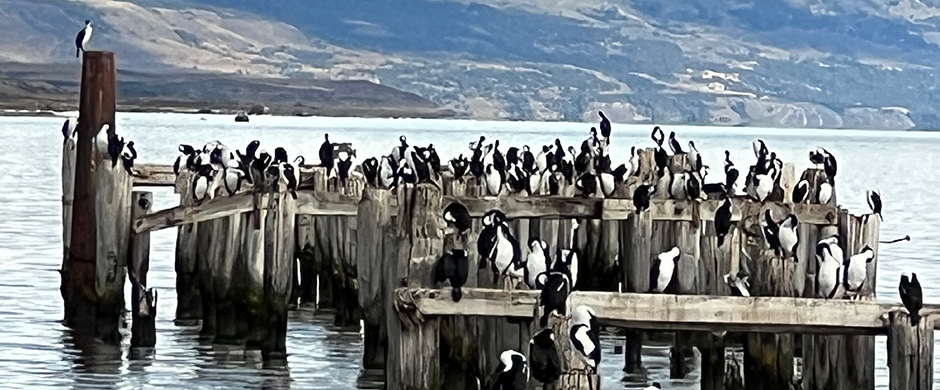
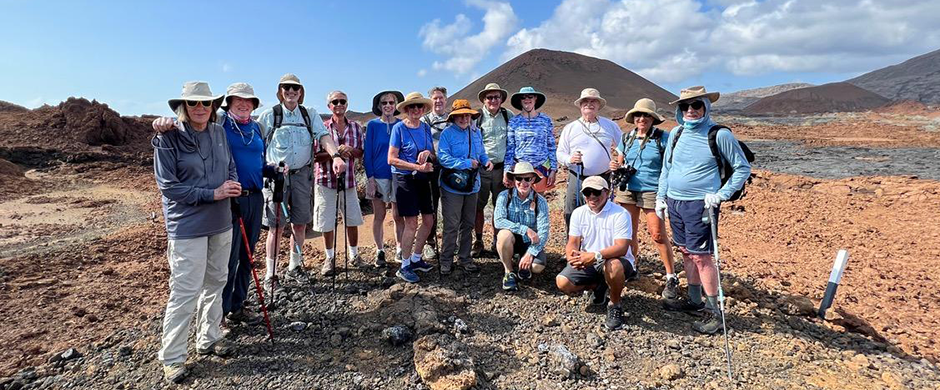

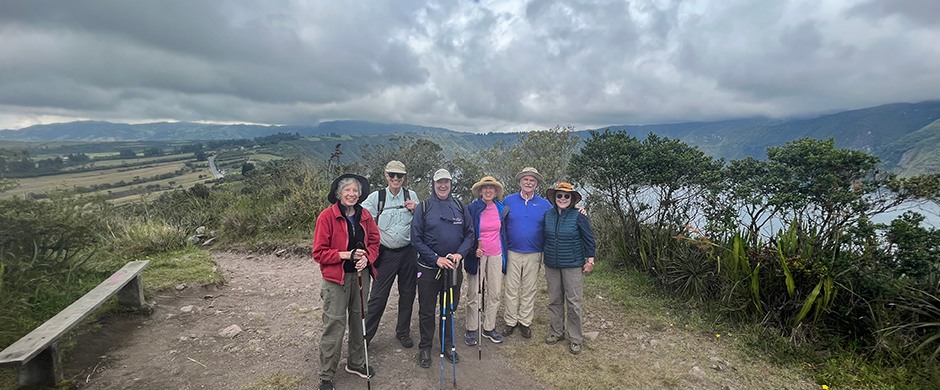
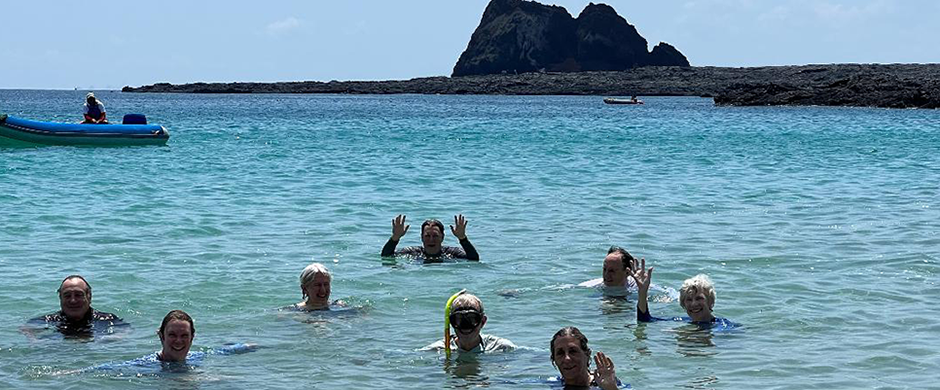
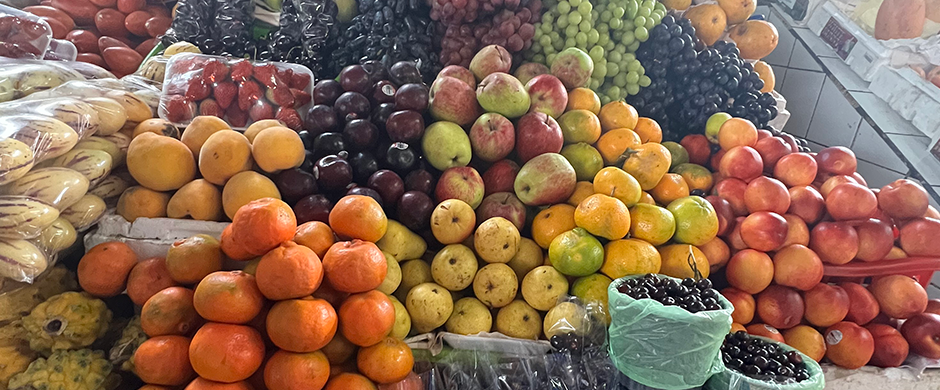
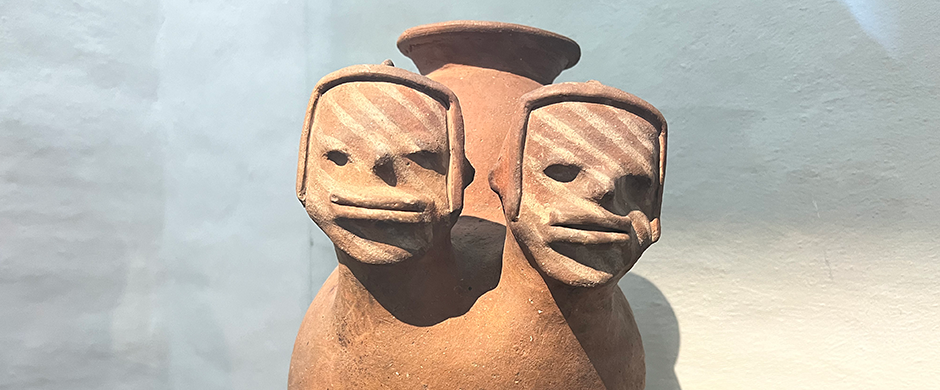
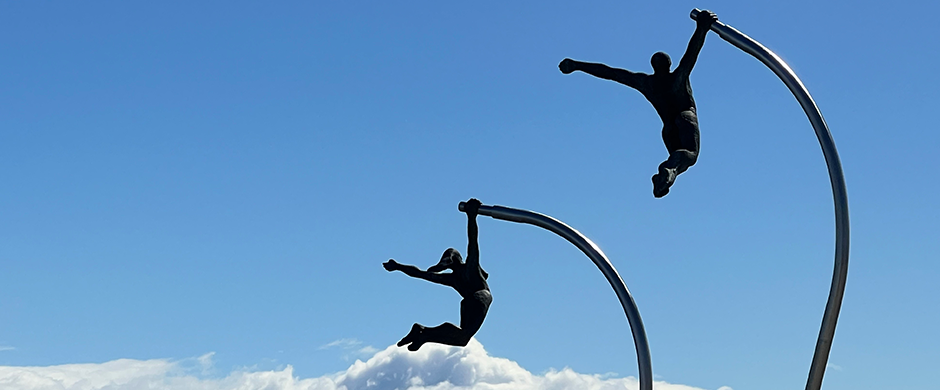
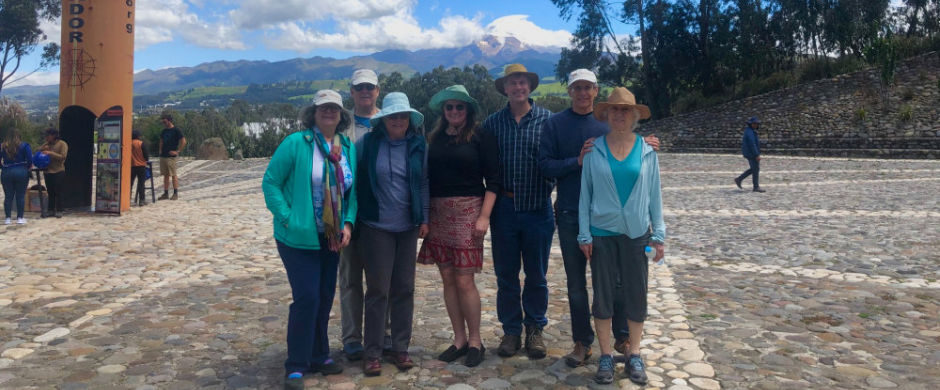
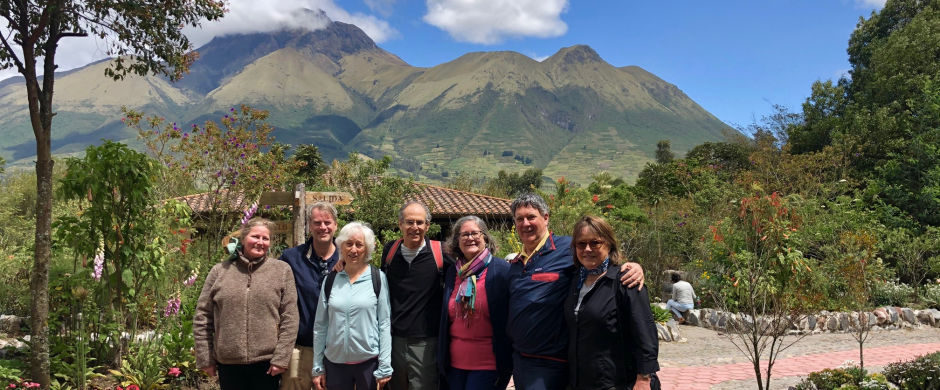
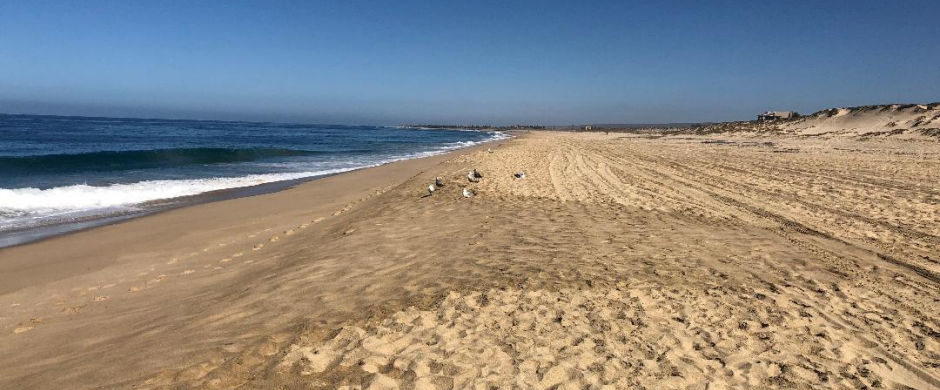
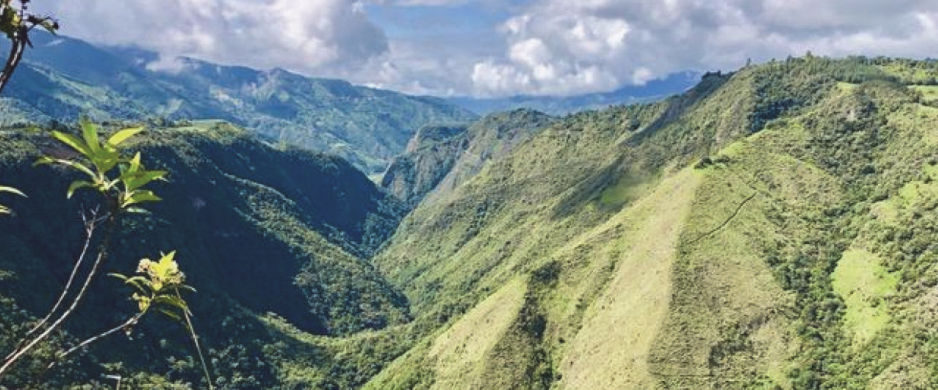
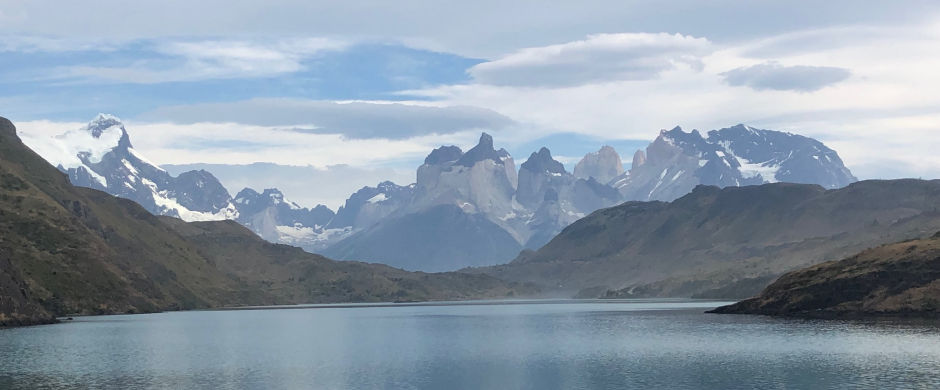
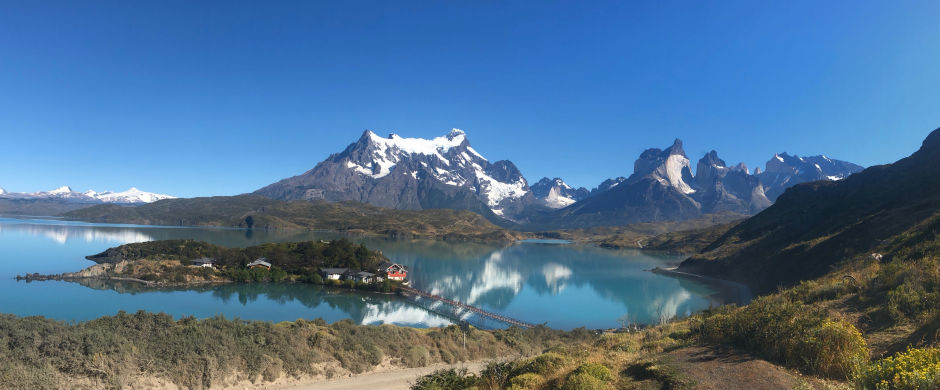
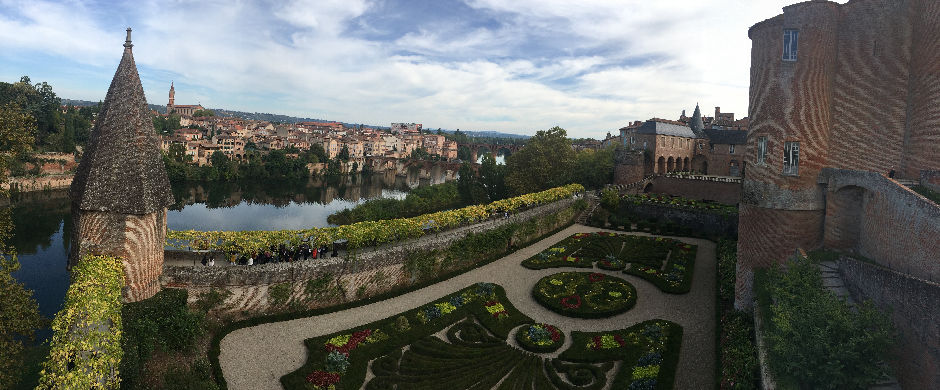
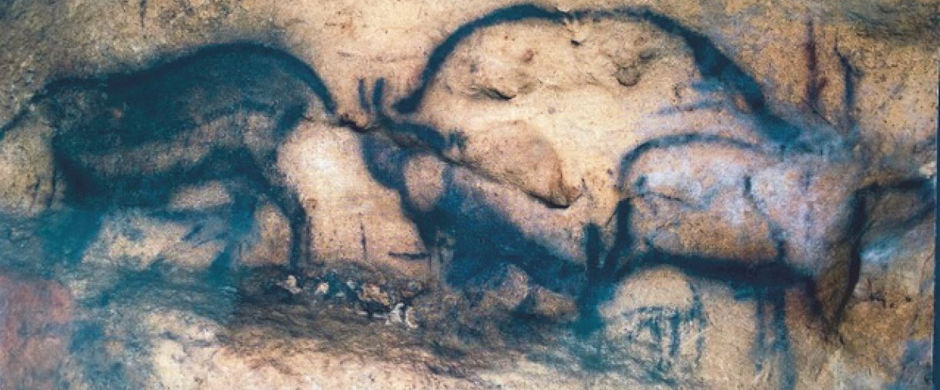



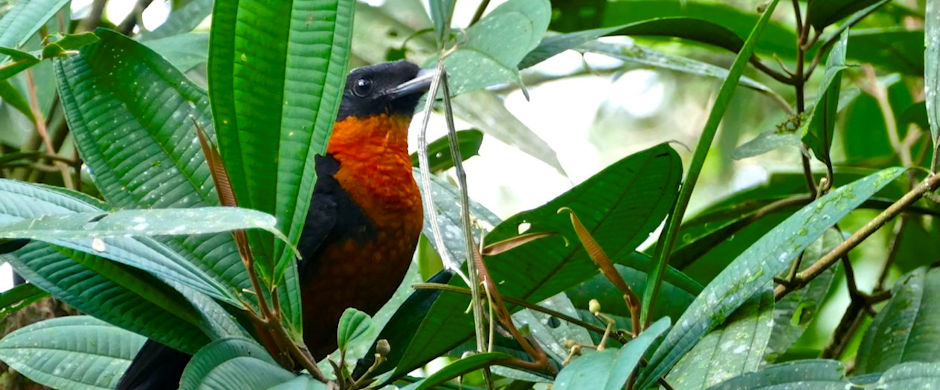

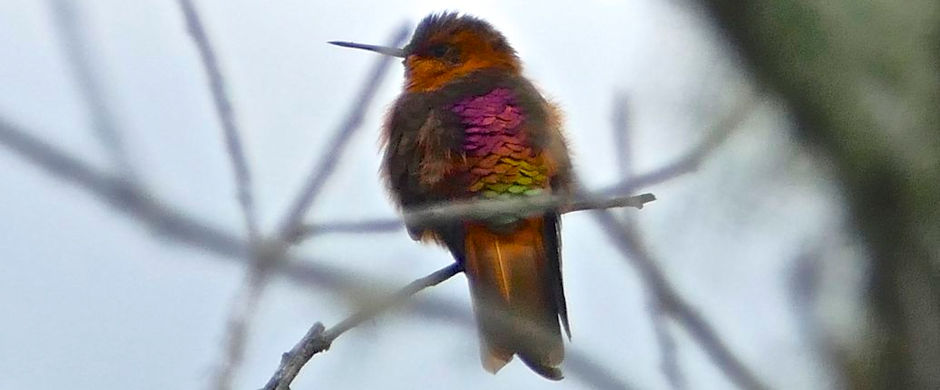


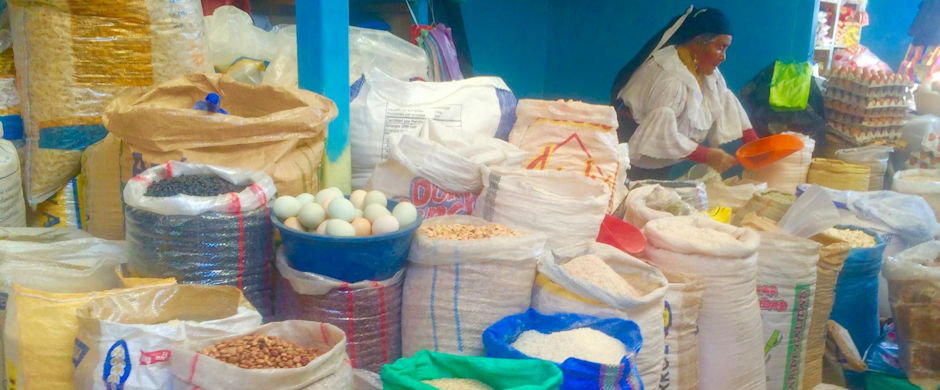

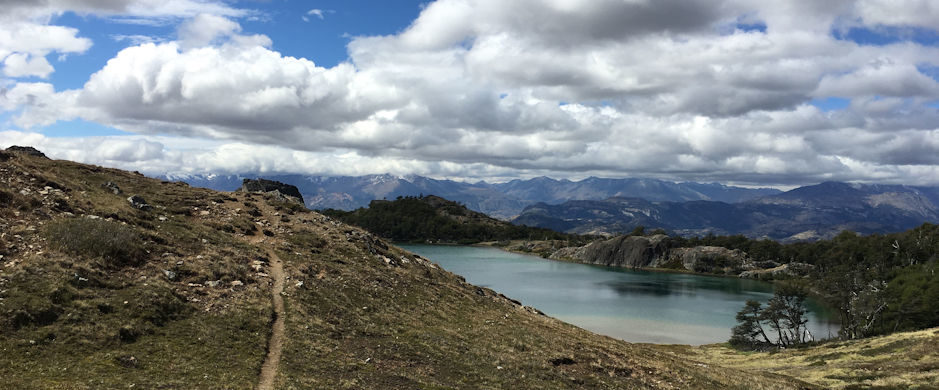
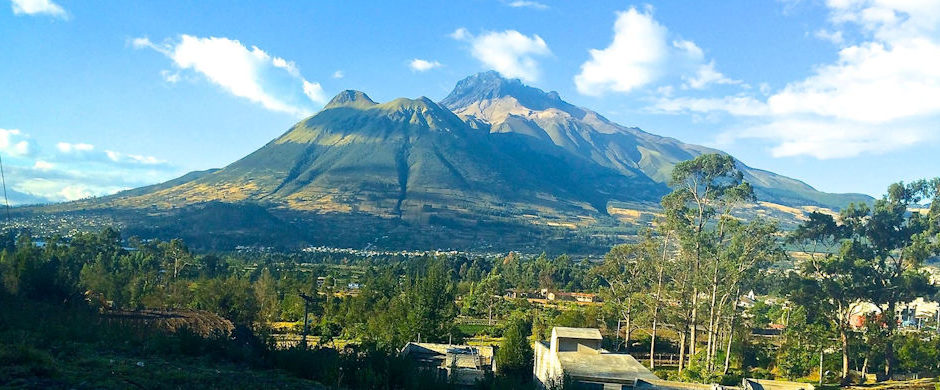

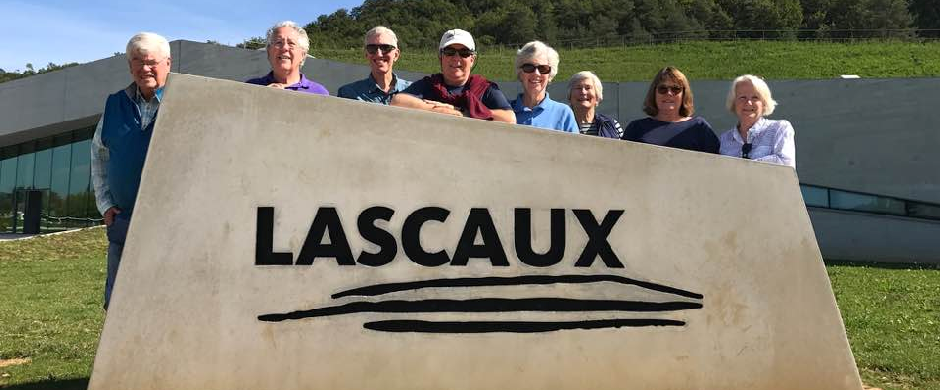
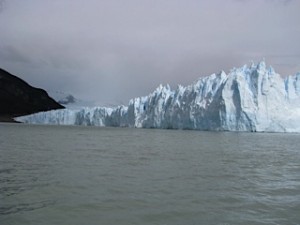
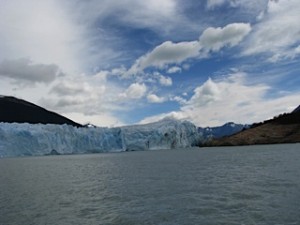

 Follow us
Follow us 